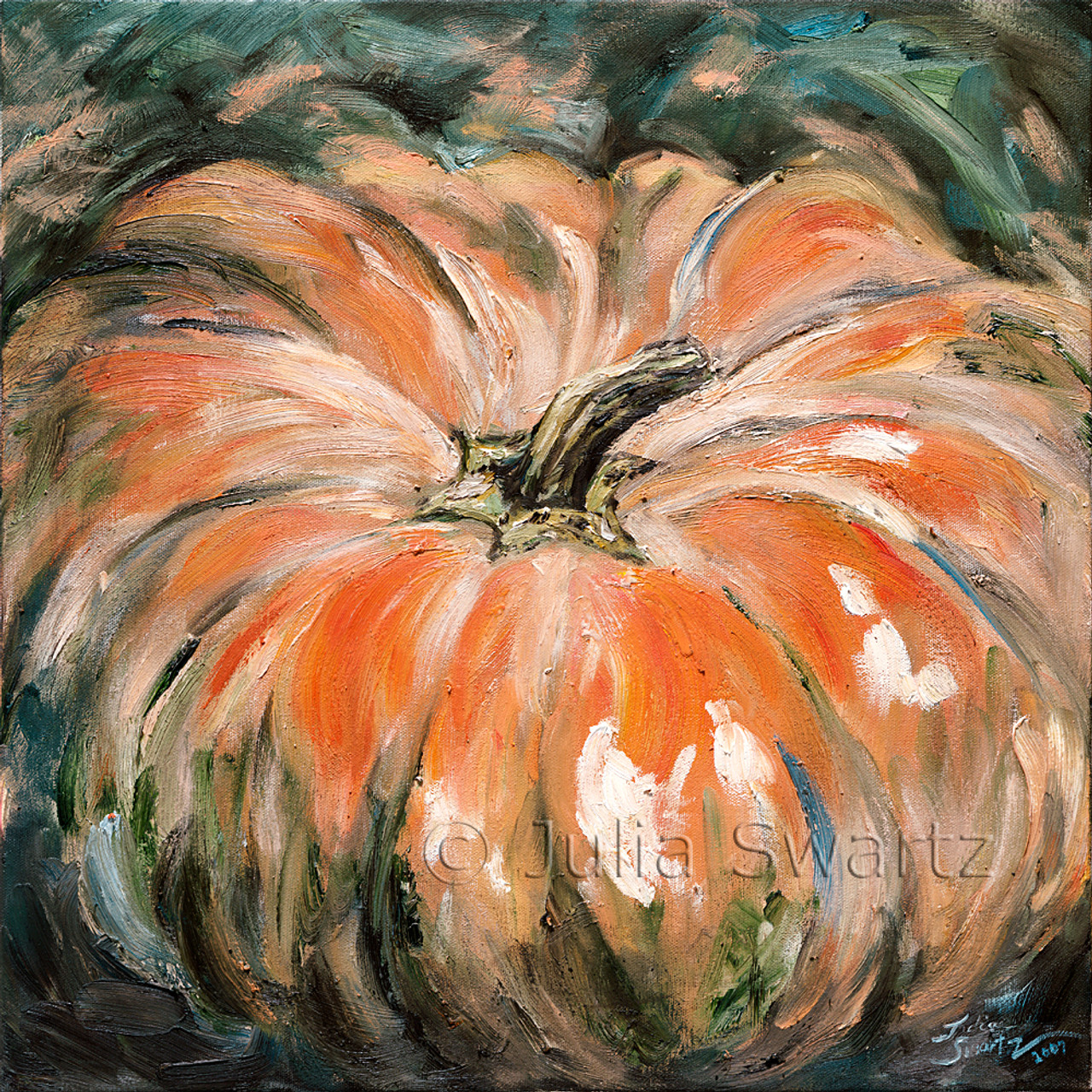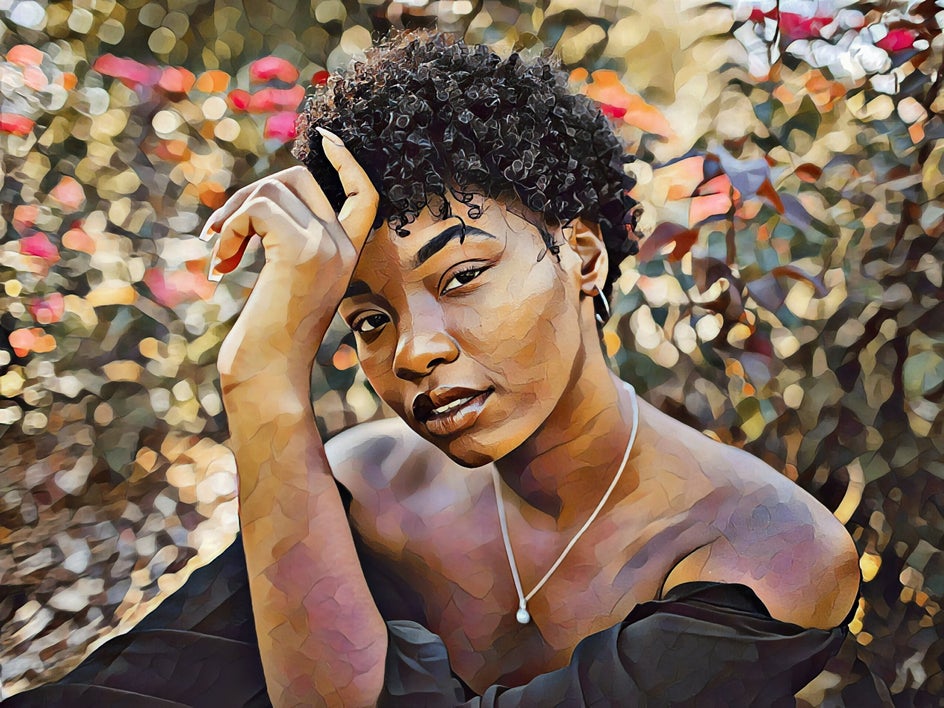Limited Edition Collector's Oil Paintings for Sale
Limited Edition Collector's Oil Paintings for Sale
Blog Article
Exploring Everything About Oil Paintings: A Guide to Understanding Their Charm and Value
Oil paints have actually mesmerized audiences for centuries, providing a glimpse right into the artistic proficiency of various periods. Their abundant background is linked with cutting-edge techniques and profound emotional expression. Comprehending the products and approaches behind these artworks can improve gratitude. Additionally, the marketplace for oil paints presents possibilities for collection agencies and financiers alike. As one explores this fascinating world, the question develops: what makes an oil paint truly valuable?
The History of Oil Paint: A Journey With Time
Oil paint has origins that date back to ancient times, it truly grew throughout the Renaissance, when musicians discovered its convenience and abundant shade potential. Early instances can be traced to the 7th century, with methods developing notably throughout cultures. The medium ended up being prominent in Northern Europe in the 15th century, especially via the works of artists like Jan van Eyck, who originated its usage for thorough realistic look and vibrant colors. This duration marked a separation from tempera paints, allowing for higher deepness and appearance. As oil painting spread, it influenced many artists, causing work of arts by prominent figures such as Leonardo da Vinci and Rembrandt. The medium's tradition proceeds, shaping the art globe well right into modern-day times.
Understanding Oil Paints: Products and Techniques
As musicians explore the world of oil paints, they run into a diverse range of products and strategies that specify this tool. The key components of oil paint include pigments, which supply shade, and drying oils, such as linseed, that bind the pigments and facilitate application. Various ingredients can modify the paint's appearance and drying time, boosting flexibility. Strategies like glazing, where clear layers are built up, and impasto, which involves applying thick paint, permit various visual results. Additionally, making use of brushes, combination knives, and also fingers can develop one-of-a-kind textures and finishes. Comprehending these methods and materials makes it possible for artists to completely reveal their imagination and accomplish the preferred effect in their artwork.
The Function of Color in Oil Paintings
Color plays a pivotal role in oil paints, influencing both visual allure and psychological vibration. Understanding shade concept basics, consisting of the connections in between colors, can enhance a musician's capability to convey state of mind and environment. Additionally, understanding color mixing methods enables for higher deepness and richness in a painting's combination.

Color Theory Essential
Recognizing shade concept is important for musicians working with oil paints, as it forms the structure for developing unified and visually appealing make-ups. Color theory encompasses the research of how shades engage, the color wheel, and the partnerships between primary, second, and tertiary colors. Musicians use complementary shades to boost contrasts and create focal points, while analogous colors advertise unity and cohesiveness within an item. In addition, the principles of warm and great shades affect the understanding of depth and room in a paint. Realizing these principles enables musicians to control color effectively, leading the audience's eye and connecting their designated message. Mastery of color concept eventually enhances a musician's ability to convey feelings and ideas via their work.
Psychological Effect of Color
The emotional impact of shade in oil paintings plays a crucial duty in just how viewers regard and connect with art work. Colors stimulate details feelings and state of minds, affecting the visitor's mood. Warm tones like reds and oranges can produce a feeling of heat and energy, while trendy tones such as blues and eco-friendlies usually stimulate peace or introspection. Artists purposefully choose color schemes to enhance narrative elements, guiding the audience's psychological journey. The saturation and contrast of colors better magnify these results, attracting attention and creating focus. Ultimately, the interaction of shades in oil paints not just boosts their visual allure but also acts as an effective tool for psychological expression, enhancing the visitor's experience and interpretation.
Color Mixing Techniques
While lots of elements of oil paint add to the general make-up, understanding color mixing techniques is important for achieving wanted effects and deepness. Color mixing can be come close to with various approaches, including the additive and subtractive procedures. Additive mixing entails integrating colors of light, while subtractive blending counts on pigments, where shades blend to produce new tones. Artists frequently make use of a limited palette to produce harmonious jobs, recognizing the relationships in between primary, secondary, and tertiary shades. Techniques such as glazing and scumbling even more boost deepness and luminance. By skillfully mixing shades, an artist can evoke feelings, produce prime focus, and attain a feeling of realism, inevitably elevating the paint's aesthetic and emotional effect.
Famous Oil Painters and Their Iconic Functions

Renowned for their proficiency of color and technique, oil painters have actually developed some of one of the most celebrated artworks in background. Prominent artists like Vincent van Gogh mesmerized audiences with his stirring brushwork in "Starry Evening," while Claude Monet's "Perception, Sunrise" prepared for Impressionism. Leonardo da Vinci's "Mona Lisa" stays an enduring sign of creative wizard, showcasing his skill in recording human expression. Rembrandt's "The Night Watch" illustrates his innovative use of light and darkness. Various other remarkable numbers consist of Pablo Picasso, who transformed contemporary art with his bold experimentation in works like "Les Demoiselles d'Avignon," and Georgia O'Keeffe, whose vibrant depictions of landscapes and flowers assisted define American modernism. Each musician's unique design contributed significantly to the oil painting landscape.
Exactly how to Evaluate the High Quality of an Oil Paint
Reviewing the top quality of an oil paint entails a mindful evaluation of craftsmanship strategies, along with an analysis of color and make-up. Observing brushwork, layering, and the application of paint can expose the artist's ability degree. Additionally, the interaction of colors and the general plan of aspects contribute substantially to the painting's visual value.
Examining Craftsmanship Strategies
A careful assessment of workmanship techniques is important for establishing the high quality of an oil painting. Critics should initially analyze the application of paint; thick, distinctive brushstrokes may suggest a competent hand, while overly consistent applications might indicate an absence of deepness. oil paintings for sale. The layering method is also vital; the existence of lusters and varied density can boost luminosity and intricacy. Additionally, the high quality of the products used, such as the canvas and pigments, plays a considerable duty in sturdiness and overall visual. Attention to information in elements like sides and shifts between colors shows the artist's dedication to their craft. Ultimately, these strategies add to the paint's emotional influence and market more info price, functioning as indicators of the musician's ability and intent
Analyzing Color and Structure
While examining the high quality of an oil painting, one must concentrate on the interplay of shade and composition, as these aspects are fundamental to the art work's overall effect. Shade choices can evoke emotions and establish mood; consequently, the musician's combination ought to be checked out for consistency and contrast. A well-balanced composition routes the audience's eye and creates a feeling of unity. Musicians often utilize methods like the rule of thirds or leading lines to enhance visual interest. Additionally, using light and darkness can include deepness, boosting the three-dimensionality of the paint. Eventually, a successful oil painting marries color and composition, engaging the viewer and inviting a much deeper admiration of the musician's vision and technique.
Caring for and Preserving Oil Paintings
Proper care and conservation of oil paintings is important for keeping their honesty and durability. To secure these art work, it is essential to present them away from straight sunshine, which can trigger fading and staining. Keeping a stable atmosphere with controlled temperature and moisture more aids in protecting against damages. Cleaning must be done delicately making use of a soft, dry fabric, avoiding any kind of harsh chemicals that might harm the paint or varnish. Regular assessments for indicators of damage, such as flaking or breaking, are a good idea. When saving or moving oil paints, proper extra padding and framework are essential to prevent physical harm. Eventually, thorough treatment adds to the visual appeal and worth of oil paints in time.
The Marketplace for Oil Paintings: Investing and collecting
Recognizing the market characteristics for oil paints is important for collection agencies and financiers alike. The worth of these artworks is affected by different aspects, consisting of the artist's reputation, historic importance, and present fads. Collectors commonly look for pieces that resonate personally while taking into consideration prospective recognition in value. Galleries and auctions act as main locations for trading, with prices changing based upon demand and rarity. Spending in oil paints needs research study right into the marketplace, along with an understanding of authenticity and provenance. Furthermore, arising musicians might provide chances for substantial returns, while developed names can regulate high rates. Overall, a critical approach to collecting can yield both aesthetic pleasure and economic incentives.

Regularly Asked Questions
What Are the Ecological Influences of Oil Paint Materials?
The ecological influences of oil paint products include the launch of unstable organic substances (VOCs), harmful waste generation, and source removal for pigments. These variables add to contamination and environmental degradation, elevating worries among eco conscious musicians and consumers.
Exactly How Do Various Canvases Impact Oil Paint Outcomes?
Various canvases influence oil painting results significantly. Absorbency, surface, and texture top quality can modify paint application, drying times, and color vibrancy. Artists commonly select details canvases to attain wanted impacts and enhance their artistic expression.
Can Oil Paintings Be Recovered if Damaged?
If damaged, Oil paintings can indeed be restored. Specialist conservators make use of different techniques to fix splits, tidy surface areas, and address discoloration, guaranteeing that the art work retains its initial elegance and value for future generations.
What Are the Signs of an Original Oil Paint?
The indicators of an original oil paint include visible brush strokes, structure variations, and an irregular canvas weave (oil paintings for sale). In addition, credibility may be confirmed via provenance, trademarks, and the visibility of a varnish layer unique to oil tools
Just How Has Innovation Influenced Modern Oil Paint Techniques?
Technology has actually substantially influenced modern-day oil paint techniques by presenting digital tools for planning, boosted products for structure and long life, and online systems for selling and sharing art, thereby broadening artists' creative possibilities and target market reach. Oil painting has roots that date back to ancient times, it really flourished throughout the Renaissance, when musicians discovered its adaptability and rich color potential. The emotional influence of color in oil paints plays a vital function in just how viewers view and connect with artwork. While several aspects of oil paint add to the total structure, understanding shade mixing methods is important for accomplishing preferred impacts and deepness. Evaluating the top quality of an oil painting entails a mindful assessment of workmanship strategies, as well as an evaluation of shade and structure. While reviewing the quality of an oil painting, one need to focus on the interaction of color and structure, as these aspects are essential to the art work's total influence.
Report this page